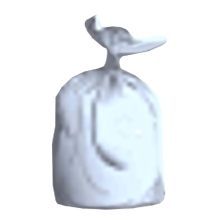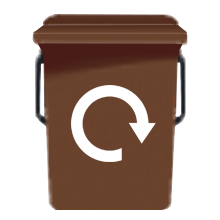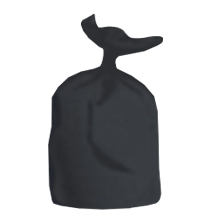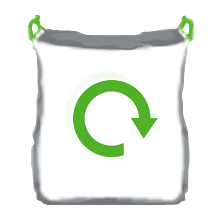Arrangements in an emergency at work: first-aid provisions
There is a requirement for all places of work to provide prescribed first aid facilities and equipment (first-aid kit), and have a responsible person on that premise at all times to administer and make available first aid equipment.
- Legal requirements
- The Health and Safety at Work (General) (Guernsey) Ordinance 1987, places duties on employers to demonstrate that they have done everything reasonably practicable to ensure the Health, Safety and Welfare at work of their employees.
- UK regulations and guidance, L74 First Aid at Work and INDG 214 First Aid at Work (both published by the HSE UK), set the appropriate standard of first-aid arrangements to benchmark compliance with Guernsey legislation. HSE use these standards to decide on enforcement action in Guernsey.
Accident book
- Every workplace, or building receiving the public must have an accident book to record all injuries, accidents and incidents, whether or not first-aid treatment has been given. It is a legal requirement for all organisations to record accidents involving employees, contractors and visitors in the workplace.
- You do not have to use an official HSE accident book, but any system you have to record accidents must:
- record all accident information in one place;
- be simple, clear and easy to use for employers and employees;
- assist with the management of health and safety at work - preventing further injuries and controlling costs;
- allow records to be easily shared with health and safety representatives and inspectors if required;
- comply with current legislation, including www.gov.gg/riddor, GDPR and HSE standards.
How many First-Aiders do we need?
- As a minimum, a low-risk workplace such as a small office or shop should have a first-aid box and a person appointed to take charge of first-aid arrangements, such as calling the emergency services if necessary. Employers must provide information about first-aid arrangements to their employees.
- Workplaces where there are more significant health and safety risks are more likely to need a trained first-aider. A first-aid needs assessment will help employers decide what first aid arrangements are appropriate for their workplace.
- The numbers of first aiders will depend on the activities and number of persons employed or visiting the business, premises or site. You will need to assess the risks and decide on the number of first-aiders you require, taking into account shift work, holidays and potential unavailability.
What is an appointed person?
- When an employer's first-aid needs assessment indicates that a first-aider is unnecessary, the minimum requirement is to appoint a person to take charge of first-aid arrangements. The roles of this appointed person include looking after the first-aid equipment and facilities and calling the emergency services when required. They can also provide emergency cover, within their role and competence, where a first-aider is absent due to unforeseen circumstances (annual leave does not count).
What type of first-aid training is required?
- To fulfil their role, appointed persons should receive basic first-aid training (Emergency First-Aid at Work EFAW or equivalent as a minimum).
- Where the risks of injury are significant, first-aiders should attend First-Aid at Work FAW training, which should be refreshed every 3 years.Because of the restrictions imposed during the COVID-19 pandemic, the expiry date of all qualifications falling between 1st January and 31st May 2021 can be extended by a period of no more than 6 months.
- First-aid training courses are available from a range of providers in Guernsey.
What should be in a first-aid box?
- There is no mandatory list of items to put in a first-aid box. It depends on what you assess your needs to be. As a guide, where work activities involve low-level hazards, a minimum stock of first-aid items would be:
- a leaflet giving general guidance on first aid (eg HSE's leaflet Basic advice on first aid at work);
- individually wrapped sterile plasters (of assorted sizes), appropriate to the type of work (you can provide hypoallergenic plasters if necessary);
- sterile eye pads;
- individually wrapped triangular bandages, preferably sterile;
- safety pins;
- large, individually wrapped, sterile, unmedicated wound dressings;
- medium-sized, individually wrapped, sterile, unmedicated wound dressings;
- disposable gloves (you can find more advice at www.hse.gov.uk/skin/employ/gloves.htm).
- First-aid kits which comply with BS 8599-1:2011 "Workplace first aid kits. Specification for the contents of workplace first aid kits" are recommended.
Automated external defibrillator (AED)
- Health and safety legislation does not require you to have an automated external defibrillator (AED) in your workplace.
- Where an employer has identified through their needs assessment that they wish to provide an AED in the workplace, the employer should provide information and written instructions, for example from the AED's manufacturer, on how to use it. However, fuller training is likely to make the user more confident and is now an integral part of the syllabus for FAW and EFAW courses.
- AEDs are strongly recommended in places with large number of workers or members of the public, or specific vulnerable groups: hotels, care homes, large shops, large office buildings, government buildings, schools, gyms and leisure facilities.
- Making your AED accessible to the public is encouraged, and you can get support and free AED training from the Guernsey Cardiac Action Group.













